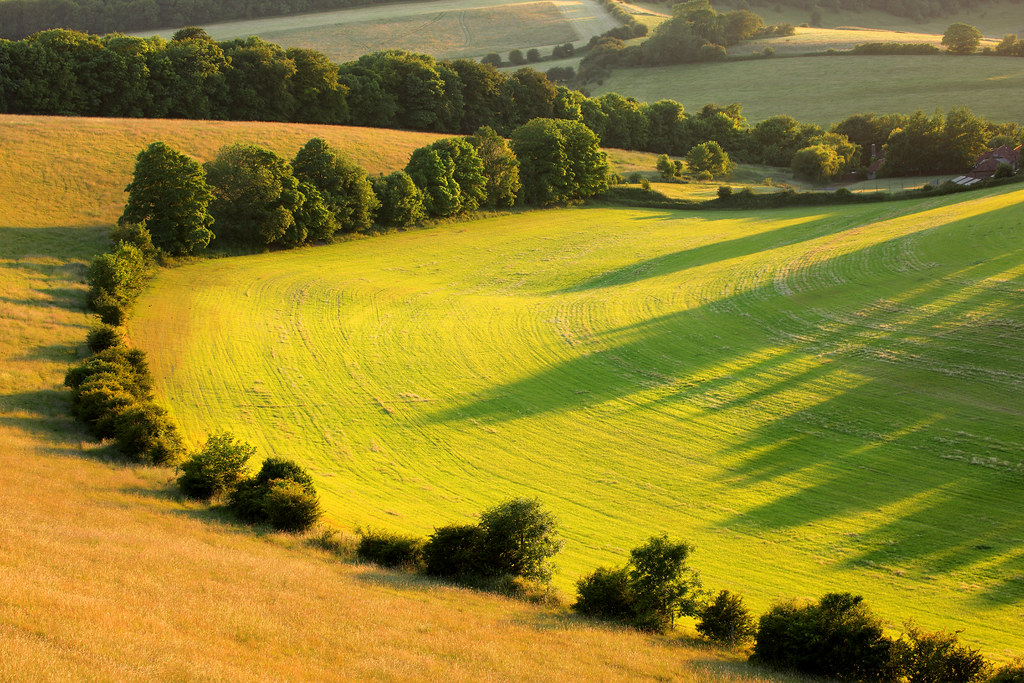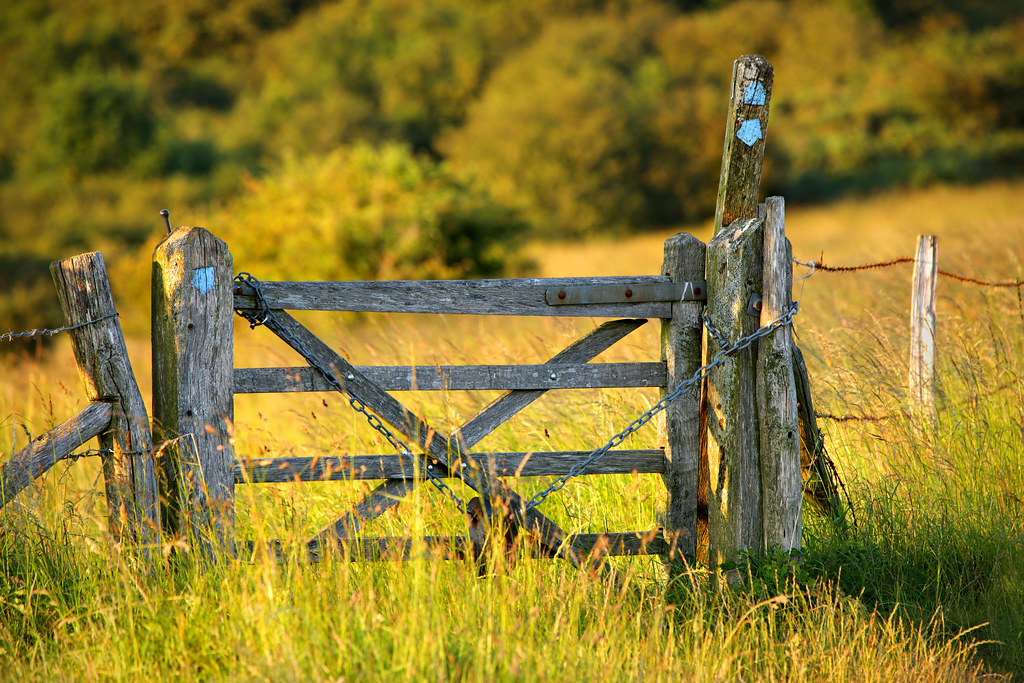The Colours of Summer
June is surely the greenest month in the calendar. Perhaps it's just a bit too green for some. The coming of July resolves this, by adding just a hint of red and yellow into fields and pastures. Corn fields start to ripen and by August, the parched fields will have dispersed their seeds and begun to die back. Happily, there's still plenty of time to enjoy the countryside, as the sun continues to shine until 9.15pm and twilight lasts until 10.30.
A methodical approach is essential when photographing butterflies. Since they are cold-blooded, I always photograph butterflies when they are inactivated by cooler evening temperatures. Winds have to be very light or non-existent, but nevertheless I still utilise an array of sticks and clothes pegs to secure plant stems and prevent any movement. The camera sensor and wings have to be in perfect alignment, otherwise only part of the butterfly will be in focus. It can take two hours and 300 shots to produce the final result.

A methodical approach is essential when photographing butterflies. Since they are cold-blooded, I always photograph butterflies when they are inactivated by cooler evening temperatures. Winds have to be very light or non-existent, but nevertheless I still utilise an array of sticks and clothes pegs to secure plant stems and prevent any movement. The camera sensor and wings have to be in perfect alignment, otherwise only part of the butterfly will be in focus. It can take two hours and 300 shots to produce the final result.











Comments